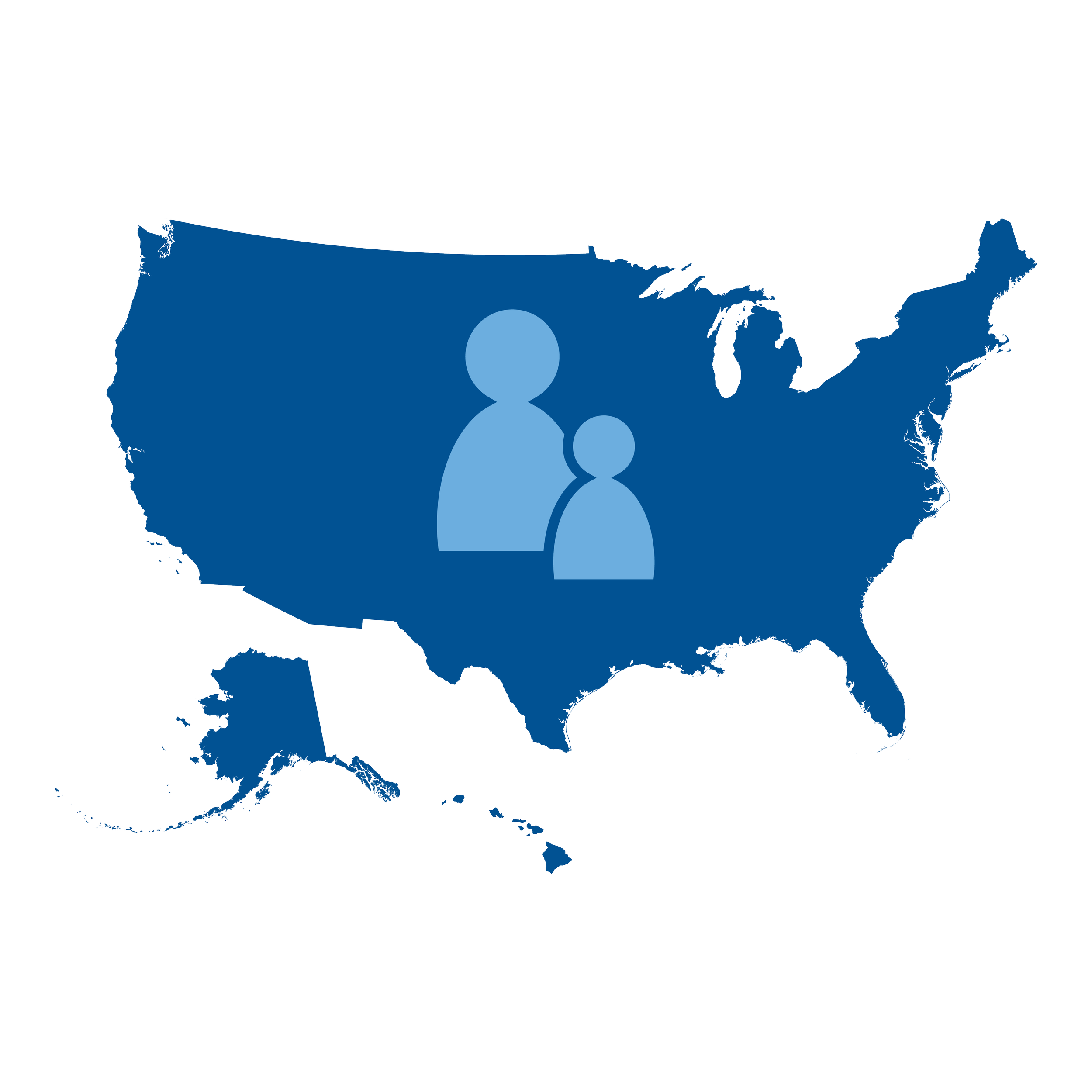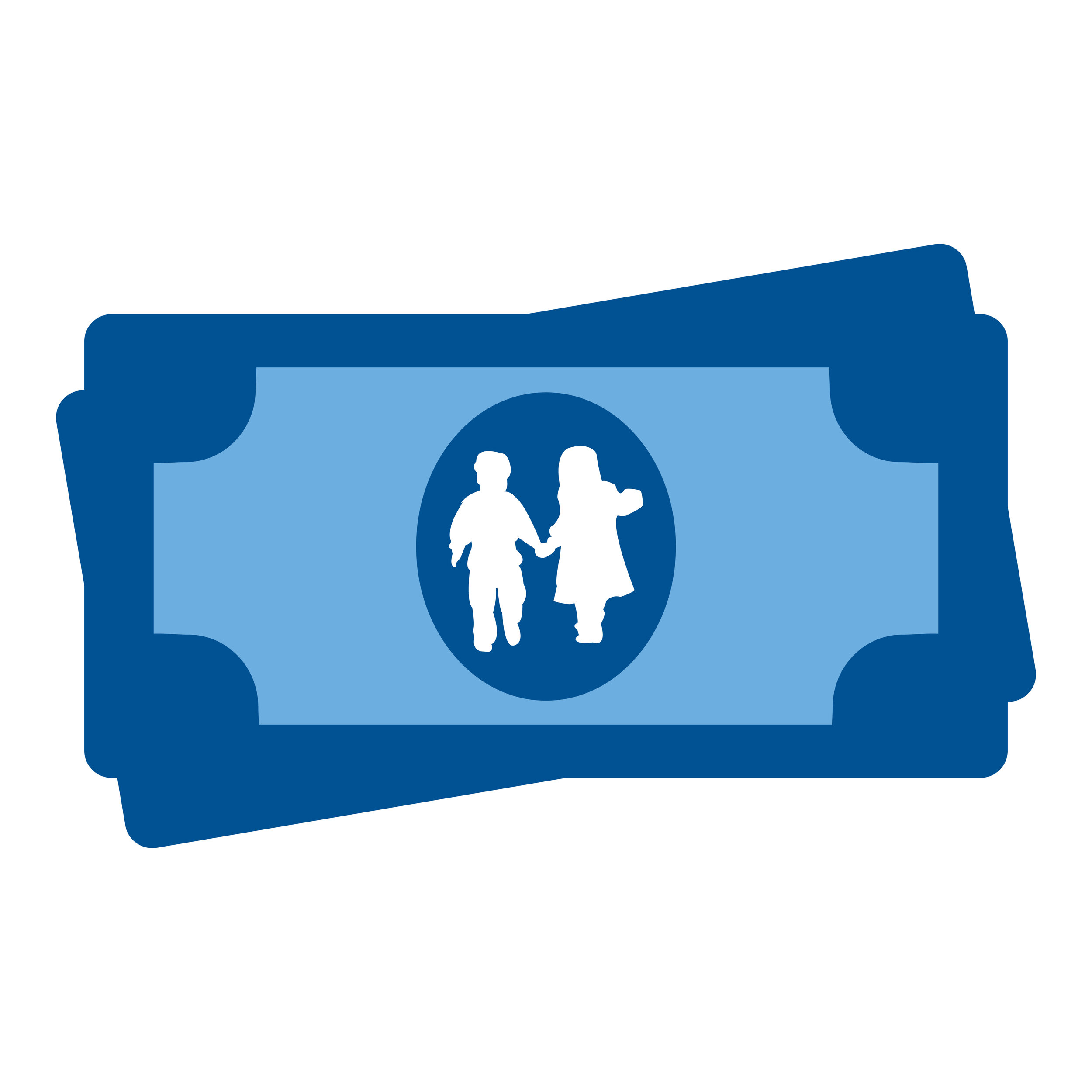How did the anti-poverty impact of the Child Tax Credit vary by state? New analysis featured in Brookings-Hamilton Project series on US child poverty
In this report published by The Hamilton Project at The Brookings Institution, CPSP affiliate Bradley Hardy and CPSP researchers examine the state variation in poverty reduction effects of the 2021 expanded Child Tax Credit. The greatest level of poverty reduction was seen in states with relatively lower costs of living and higher pre-expansion poverty rates.

State Child Tax Credits have potential to cut child poverty
A report by the Institute on Taxation and Economic Policy and the Center on Poverty and Social Policy at Columbia University on behalf of Share Our Strength details state options on how to use Child Tax Credits to dramatically reduce child poverty

One Year On: What we know about the expanded Child Tax Credit
Since the introduction of the first monthly Child Tax Credit payment in July 2021, a continuous stream of research has emerged tracking the impact of this new policy on the lives of children and their families. This round up compiles the range of publicly available information on what we know so far.

Child allowances are a winning investment
The United States does not currently guarantee income support universally to families with children. Research finds that cash and near-cash benefits increase children’s health, education, and future earnings while also decreasing costs with respect to health, child protection, and criminal justice. Despite the initial costs, we find that child allowances are a winning investment in our children’s future mobility.

When anti-poverty programs don’t keep up with inflation, families are left behind
The Child Tax Credit and many other government benefits don’t currently increase with inflation. Policy indexation, an often overlooked aspect of policy design, would fix this.

Monthly poverty rose in April and May 2022 after temporary tax time dip
Monthly poverty rates rose in April to 13.0% and May to 14.1% following the temporary dip in March when most refundable tax credits were delivered. The monthly child poverty rate rose to 14.1% in April and 16.6% in May.

Opinion: The key to reducing childhood poverty? Child tax credits distributed monthly.
Opinion by Christal Hamilton at the Center on Poverty and Social Policy and Natalie Foster at the Economic Security Project. Read in the Hill.

Tax credits give income boost, but regular monthly cash payments would reduce poverty year round
The tax filing season is an important one for many families as it provides meaningful boosts to family income and a temporary dip in monthly poverty rates. However, in recent research we find that regular monthly cash payments would help reduce poverty year round.

3.4 million more children in poverty in February 2022 than December 2021
Monthly poverty remained elevated in February 2022, with a 14.4 percent poverty rate for the total US population and 16.7 percent for children.

3.7 million more children in poverty in Jan 2022 without monthly Child Tax Credit
Without the monthly Child Tax Credit, the child poverty rate increased from 12.1 percent in December 2021 to 17 percent in January 2022, the highest rate since the end of 2020.

December Child Tax Credit kept 3.7 million children from poverty
The sixth Child Tax Credit payment kept 3.7 million children from poverty in December. In absence of a January payment, the monthly child poverty rate could potentially increase from 12.1 percent to at least 17.1 percent in early 2022.

What we know from the first 6 months of the expanded Child Tax Credit
Since the introduction of the first monthly Child Tax Credit payment in July 2021, a continuous stream of research has emerged tracking the impact of this new policy on the lives of children and their families. This round up compiles the range of publicly available information on what we know so far.

November 2021 Child Tax Credit payment kept 3.8 million children from poverty
According to our latest projections, the expanded Child Tax Credit kept 3.8 million children from poverty with its fifth monthly payment in November 2021.

Expanded Child Tax Credit continues to keep millions of children from poverty in September 2021
According to our latest projections, the expanded Child Tax Credit kept 3.4 million children from poverty with its third monthly payment in September 2021.

Second Child Tax Credit payment keeps 3.5 million children out of poverty
According to our latest projections, the child poverty rate declined from 11.9 percent in July 2021 (the month featuring the first CTC payment) to 11.5 percent in August 2021. Without the CTC, the monthly child poverty rate in August 2021 would have been 16.2 percent.

Child poverty drops in July with the Child Tax Credit expansion
According to our latest projections, the monthly SPM poverty rate for children fell from 15.8 percent in June to 11.9 percent in July 2021, representing a decline of 3 million children living in poverty. This drop in child poverty is primarily due to the first payment of the expanded Child Tax Credit.

Learn about the new Child Tax Credit expansion and how it will help American families
Today, families will begin receiving the expanded #ChildTaxCredit. To mark the moment, Irwin Garfinkel and Megan Curran discuss the center’s research contribution and how the Child tax Credit will benefit American families.

The American Families Plan is an opportunity to sustain poverty reduction
This fact sheet provides an analysis of the poverty reduction effects of a set of policy elements in President Biden’s proposed American Families Plan.

The American Rescue Plan could cut child poverty by more than half
This fact sheet projects annual poverty rates for 2021 under the American Rescue Plan Act of 2021, legislation to provide economic relief amidst the ongoing COVID-19 crisis. Our analysis reveals a relief package containing enhanced Supplemental Nutrition Assistance Program benefits, unemployment benefits, family and child care tax credits, as well as direct cash payments could cut child poverty by more than half in 2021.

An expanded and inclusive Child Tax Credit would cut child poverty by 45%: a national and state-by-state analysis
This fact sheet analyses the poverty reduction potential of the proposed American Family Act (AFA). The AFA would make the full benefit available to families with the lowest incomes and increase the maximum Child Tax Credit available to families with eligible children.
